No.158, Baoqun Road, Yaozhuang Town, Jiashan County, Jiaxing City, Zhejiang Province , China

Sourcing welded components that meet exact specifications can be a significant challenge. Off-the-shelf solutions often fall short, leading to project delays, cost overruns, and performance compromises. The real need isn't just for a welder, but for a comprehensive professional welding parts customization service that translates your unique requirements into reliable, high-quality finished parts.
This guide explores how a true partnership with a specialized fabricator, focused on precision and application-specific solutions, can eliminate these common hurdles. We will delve into the critical aspects—from material selection and advanced processes to full-scale assembly—that ensure your custom welding project is a success from concept to completion.
The journey of professional welding parts customization begins with two fundamental decisions: selecting the right material and the optimal welding process. These choices are deeply interconnected and form the very foundation upon which the part's performance, durability, and cost-effectiveness are built. The ultimate goal is to precisely match the material's properties and the process's capabilities to the final application's demands, whether that involves weight reduction, corrosion resistance, or structural integrity.
A prime example of this critical synergy is the production of custom aluminum welding parts. Aluminum alloys are highly sought after for their excellent strength-to-weight ratio and natural corrosion resistance, making them ideal for aerospace, automotive, and marine applications. However, welding aluminum presents unique challenges, such as its high thermal conductivity and susceptibility to oxidation. This is where the selection of a specialized method like precision TIG welding services becomes paramount. The TIG (Tungsten Inert Gas) process offers the exceptional control over heat input necessary to create clean, strong, and high-integrity welds on aluminum without compromising the material's inherent qualities. The result is a superior custom part that meets stringent specifications.
This principle extends to all materials, from stainless steel to specialized alloys. The selection process is not a mere preliminary step but a core strategic exercise in professional welding parts customization. A deep understanding of how different processes—from TIG and MIG to laser welding—interact with various materials ensures that the final component will not only function as intended but will also excel in its operating environment. This meticulous approach to material and process selection is what separates a basic welding job from a truly engineered custom solution.
True professional welding parts customization often extends far beyond the creation of a single, discrete component. It involves the engineering and fabrication of complex, integrated structures and the successful execution of large-scale projects. This level of manufacturing requires a expanded skill set that includes project management, advanced engineering oversight, and the logistical capability to handle substantial sub-assemblies.
A key aspect of this capability is expertise in large scale welded fabrication. This discipline deals with the unique challenges of manufacturing substantial structures like frames, chassis, platforms, and pressure vessels. It requires meticulous planning to control heat distortion across vast weldments, manage internal stresses, and ensure dimensional accuracy throughout the assembly process. Success in large-scale fabrication hinges on robust quality control protocols and the technical expertise to execute complex weld procedures consistently, guaranteeing the structural integrity of the final product.
Furthermore, a comprehensive custom fabricator often provides integrated solutions, moving from individual parts to complete functional units. This is perfectly exemplified by sheet metal welding assembly services. Here, the process begins with the cutting and forming of sheet metal components, which are then meticulously jigged and welded into a final assembly. Offering this end-to-end service—from fabricating the individual sheet metal parts to their final welded assembly—ensures critical tolerances are maintained and the overall geometry of the product is perfectly aligned. This eliminates inconsistencies that can arise from using multiple suppliers and streamlines the entire production process for the client.
Mastering the transition from individual parts to complex systems is a hallmark of a advanced professional welding parts customization partner. It demonstrates a capacity not just for welding, but for holistic manufacturing problem-solving, delivering complete, ready-to-use solutions rather than just disconnected components.
While standard welding processes cover a broad range of needs, professional welding parts customization often demands specialized techniques designed for specific functions and extreme performance criteria. Mastery of these advanced technologies is what enables a fabricator to tackle unique challenges, such as creating hermetic seals, achieving minimal distortion, or joining dissimilar materials with precision.
A quintessential example of this specialized capability is seam welding process customization. Unlike intermittent welds, seam welding creates a continuous, uniform weld nugget along a joint, making it indispensable for applications requiring leak-proof integrity. This process is critical in the manufacturing of fuel tanks, hydraulic cylinders, chemical containers, and any component where a perfect seal is non-negotiable. The ability to customize parameters like weld speed, current, and electrode pressure is crucial to adapt the process to different material thicknesses and desired seal characteristics.
To illustrate the distinct advantages of such specialized processes, consider the following comparison with a standard technique:
| Feature | Seam Welding (Specialized) | Standard MIG Welding (General Purpose) |
| Primary Output | Continuous, airtight/watertight seam | Typically intermittent or overlapping weld beads |
| Key Application | Fabrication of pressurized vessels, ducts, and containers | General fabrication, structural frames, and non-critical assemblies |
| Process Automation | Highly automated and consistent once parameters are set | Can be automated or manual, with higher potential for variation |
| Heat Input & Distortion | Can be optimized for lower heat input, reducing distortion on thin materials | Generally higher heat input, requiring careful technique to manage distortion |
The selection of a specialized welding process is a strategic decision in professional welding parts customization. It moves beyond simply joining two pieces of metal and focuses on achieving a specific functional outcome that a standard process cannot guarantee. By offering these tailored solutions, a custom welding partner demonstrates a deeper level of engineering expertise, ensuring that even the most demanding application requirements are met with reliability and precision.
A successful partnership in professional welding parts customization is built on a clear, transparent, and collaborative process. Understanding the typical workflow from initial inquiry to final delivery helps set expectations and ensures a smooth journey for your project. The following table outlines the key stages involved in transforming your concept into a high-quality finished product.
| Stage | Key Activities | Outcome & Deliverable |
| 1. Inquiry & Design Review | You submit your requirements (drawings, CAD models, specifications). Our engineering team conducts a detailed review for manufacturability (DFM). | A clarified project scope and feasibility assessment, with potential design optimization suggestions. |
| 2. Quotation & Process Planning | Based on the review, we determine the optimal materials, welding processes (e.g., TIG, MIG, Seam), and production schedule. A formal quotation is prepared. | A detailed and transparent quotation outlining costs, lead times, and the proposed manufacturing plan. |
| 3. Prototyping & Approval | (If required) A prototype or first-article sample is manufactured using the specified processes. | A physical sample for your evaluation, testing, and formal approval before full-scale production begins. |
| 4. Production & Quality Control | Upon your approval, full production commences. In-process inspections and final quality checks are performed against the agreed specifications. | Batch production of your parts, accompanied by quality documentation (e.g., inspection reports). |
| 5. Delivery & Support | The finished parts are carefully packaged and shipped. We provide post-delivery support to address any questions. | Your custom welding parts delivered on time, ready for integration, marking the successful completion of the project. |
This structured approach is the backbone of effective professional welding parts customization. It ensures that every project, regardless of its complexity, benefits from meticulous planning, open communication, and rigorous quality assurance at every step. By following this workflow, we aim to build a trusted partnership with our clients, delivering not just parts, but reliable solutions that meet your exact standards for quality, performance, and timeliness.
Note: This workflow is a general guideline and may be adapted based on the specific needs and complexity of your project.
The journey through the critical aspects of professional welding parts customization—from material science and precision processes to large-scale fabrication and specialized techniques—underscores a central theme: achieving success in custom welding projects requires more than just a supplier; it demands a strategic partnership. The choice of your manufacturing partner fundamentally determines the quality, reliability, and overall value of the end product.
To crystallize the distinction between a basic vendor and a true collaborative partner, consider the following comparison:
| Attribute | Basic Welding Vendor | Strategic Custom Fabrication Partner |
| Approach | Transactional; focuses on executing provided instructions. | Collaborative; provides engineering expertise and Design for Manufacturability (DFM) analysis. |
| Capabilities | Often limited to a few standard processes and materials. | Offers a comprehensive suite of services (TIG, MIG, Seam, etc.) for diverse materials and project scales. |
| Quality Focus | Final inspection; may lack documented processes. | Quality is integrated into every step, from initial quote to final delivery, with full traceability. |
| Value Proposition | Primarily based on unit price. | Based on total cost of ownership, including reliability, longevity, and technical support. |
As we have explored, professional welding parts customization is a multifaceted discipline where technical expertise, advanced technology, and rigorous process management converge. The ideal partner brings all these elements together, acting as an extension of your own team to solve complex manufacturing challenges.
Jiaxing Dingshi Machinery Manufacturing Co., Ltd. embodies this partnership approach. With comprehensive in-house capabilities covering the entire manufacturing process—from laser cutting and CNC machining to expert welding and final surface treatment—we offer true one-stop professional welding parts customization. Our focus on engineering collaboration and rigorous quality control ensures that every project, regardless of complexity, is executed with precision and efficiency.
Choosing the right partner is an investment in the success and integrity of your products. We are ready to leverage our resources and expertise to become your trusted manufacturing solution.
Our key differentiator is the seamless integration of extensive in-house capabilities under one roof. Unlike many suppliers who outsource key production stages, Jiaxing Dingshi Machinery manages the entire process—from raw material cutting (using our 30 kW laser machines) and CNC bending (on our 600-ton press brake) through precision welding (with 50 dedicated machines) and final finishing (in our shot-blasting and painting facilities). This end-to-end control, backed by our status as a recognized technology-based enterprise in Zhejiang Province, guarantees superior quality, shorter lead times, and consistent communication throughout your project.
Absolutely. Our facility is uniquely equipped to handle a wide range of project scales. For high-precision components, we utilize our laser cutting machines, vertical machining centers, and skilled TIG welders. For large scale welded fabrication, we operate 4m and 6m gantry machining centers for accurate preparation and a 30m shot-blasting machine for treating large structures. This flexibility allows us to be your single-source partner for diverse needs, from intricate sheet metal welding assembly to massive structural fabrications.
Collaboration at the design stage is a strength of our professional welding parts customization service. We actively encourage early engagement to provide Design for Manufacturability (DFM) feedback. You can share your concepts or CAD models with our engineering team. We will analyze them to suggest optimizations for cost-effectiveness, structural integrity, and production efficiency, leveraging our experience across various industries. This proactive approach ensures your design is not only innovative but also optimized for manufacturability, leading to a superior and more economical final product.
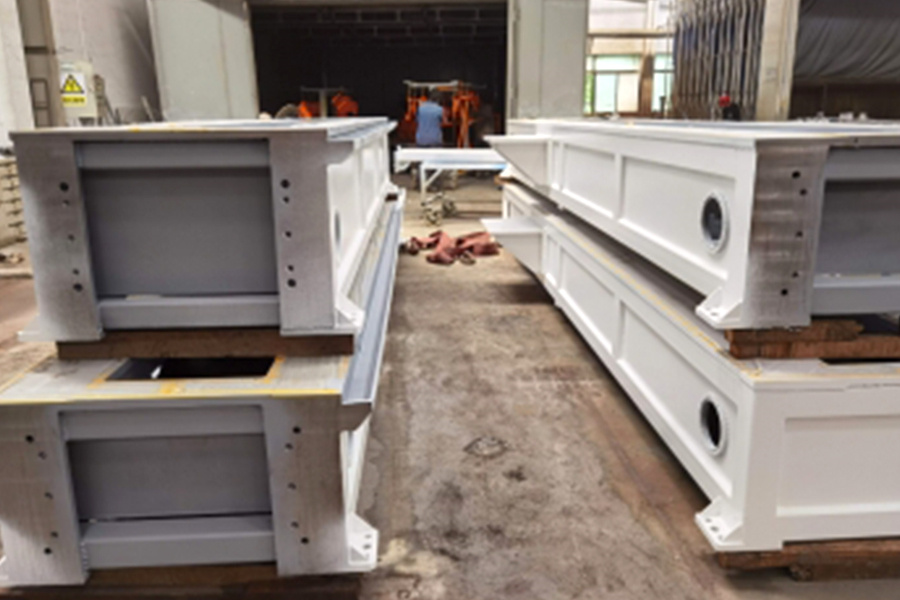
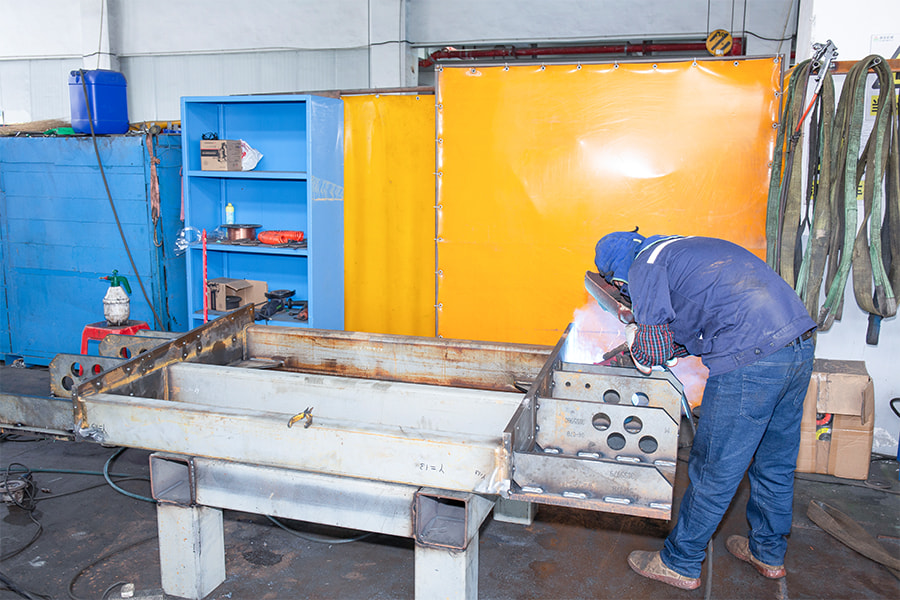
The steel structure industry has experienced significant evolution in recent years, d...
READ MORE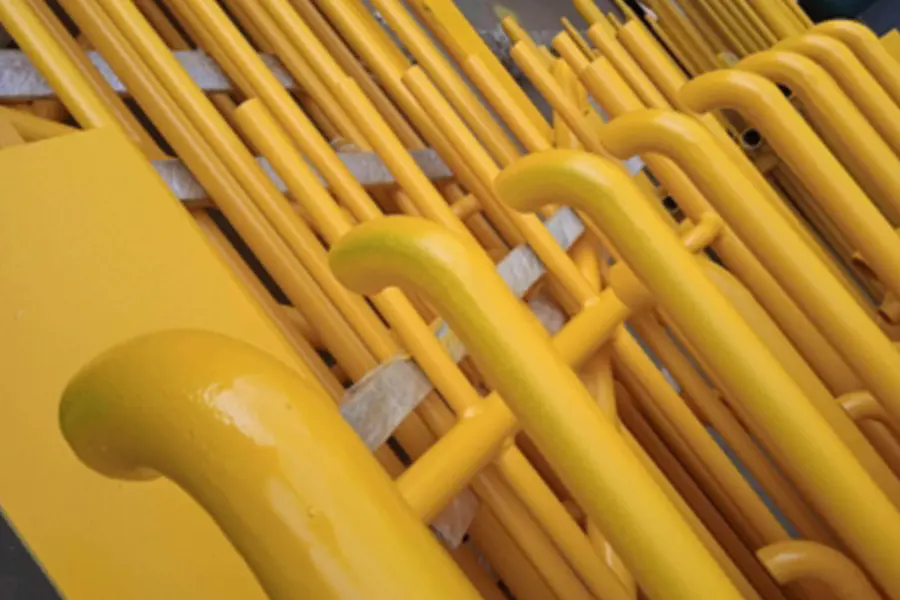
Optimizing the Engineering Workspace Boosting Comfort and Efficiency for Electrical...
READ MORE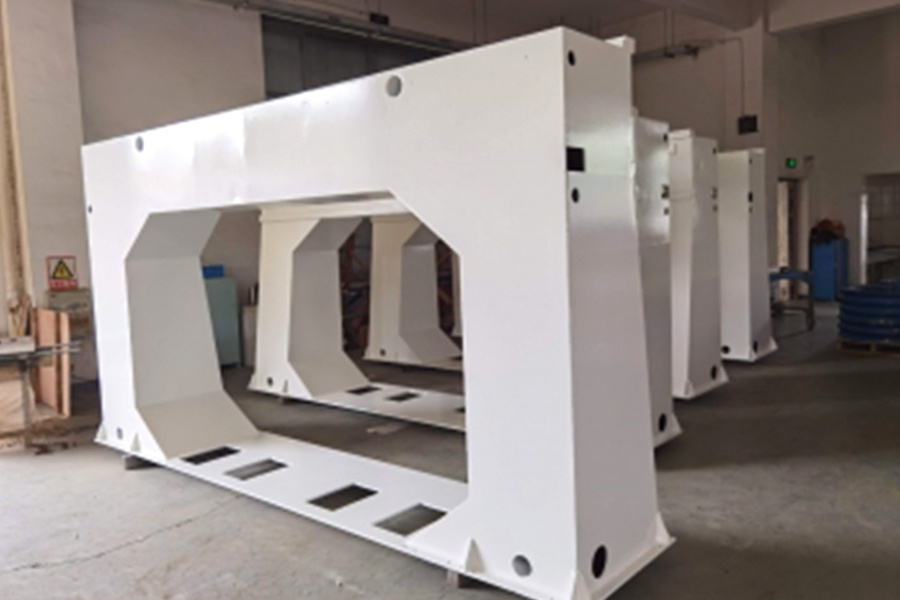
The Structural Blueprint of Dimensioning Equipment Anatomy of the Planer-Thicknesser:...
READ MORE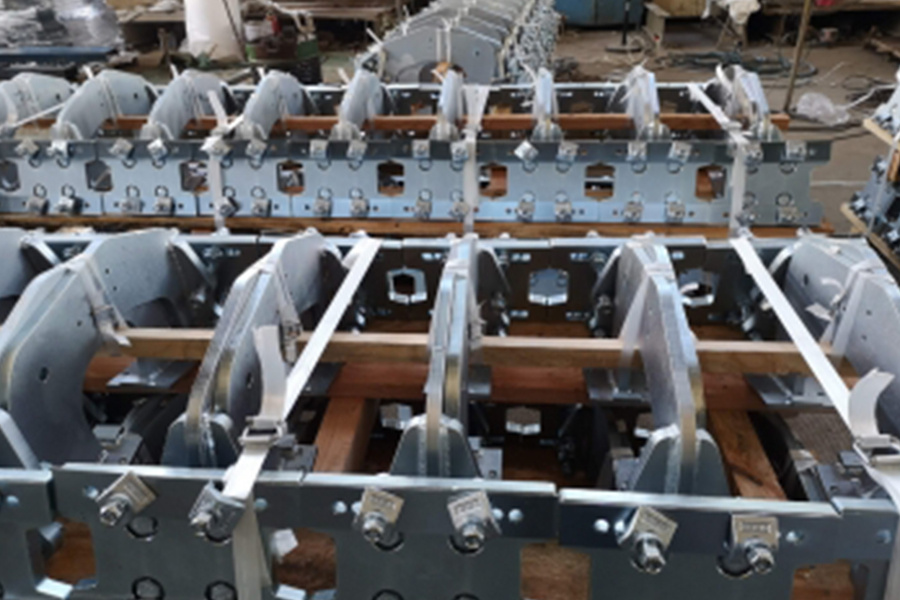
The global shift towards sustainable power is undeniable, with new energy equipment l...
READ MORE